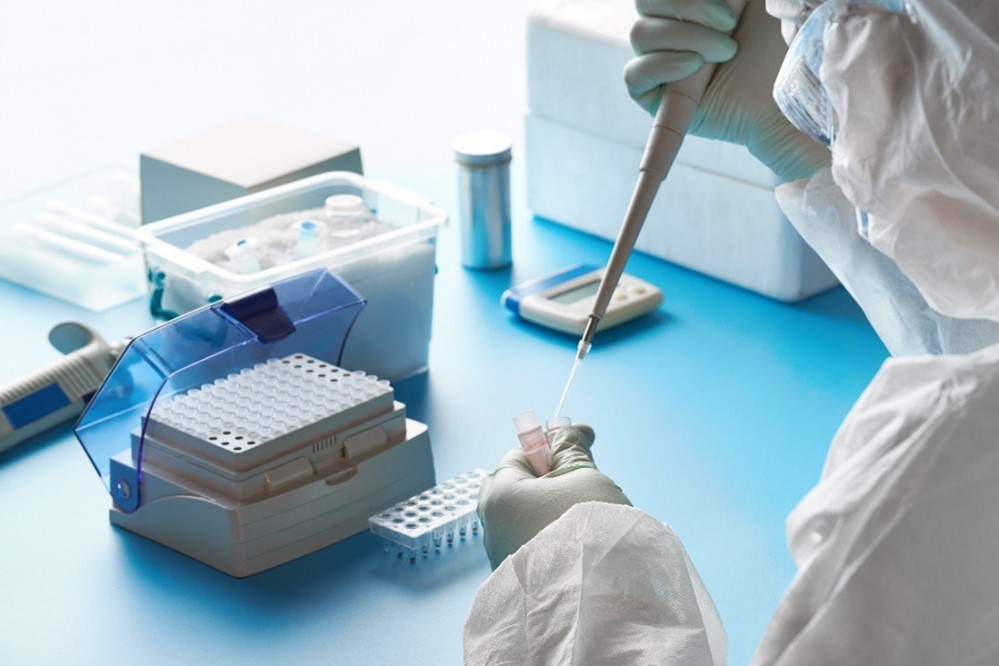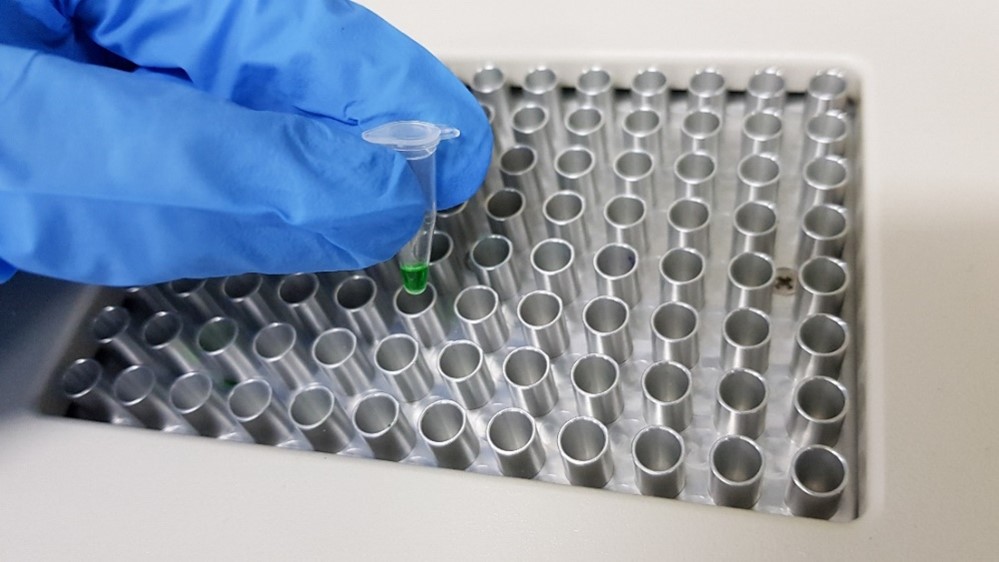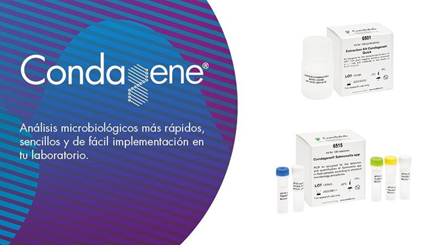Published: 02/11/23 14:06 Categories: Microbiology
qPCR has been a well-established technique for years, however, its implementation has now experienced growth in the wake of the COVID-19 pandemic.
European working groups betting on qPCR applications
The European Committee for Standardization (CEN) has numerous technical committees, which are responsible for decision-making and are divided into working groups focused on the development of new methods, techniques and applications for the standardization of laboratory processes. Some of these working groups focus on the standardization of horizontal methods in the field of microbiological analysis in food, in particular CEN/TC 463/WG 1.

This working group is in charge of elaborating the requirements and regulations for the application of PCR in microbiological analysis of foodstuffs.
Other working groups are also promoting the implementation of this technique in other fields, such as allergen detection (CEN/TC 275/WG 12) or environmental control (CEN/TC 444/WG 4).
ISO Standards as quality assurance
The purpose of the existence of these working groups is none other than to develop standards by which procedures and analyses can be standardized to ensure their quality wherever they are applied.
In the field of food microbiology, for example, there are international ISO standards that regulate from tests for the control of thermal performance of thermal cyclers (ISO 20836:2021) and the performance of the PCR technique itself for the detection of pathogens (ISO 22118:2011); to the procedure for detection and quantification of pathogens by qPCR such as Legionella spp. (ISO/TS 12869:2019).
qPCR is synonymous with reliability and accuracy
Compared to traditional pathogen detection techniques, qPCR offers greater sensitivity, accuracy and efficiency. However, due to the strong regulatory support for traditional techniques, they are still predominant in the field of food microbiology.

Nevertheless, the regulations are progressively catching up with the needs of the industry. In the meantime, thanks to ISO 16140-2, laboratories can validate alternative methods against reference methods and thus enjoy the many advantages of qPCR.
Condagene®, a safe bet for the detection of pathogens
The Condagene® range of DNA extraction and pathogen detection kits are designed to facilitate laboratory workflow. Thanks to simple protocols and minimal reagent handling, detection of microorganisms has never been easier.

Condagene® pathogen detection kits have robust literature and regulatory support, as they are all designed around standardized methodologies.
Also, Condagene® saves you time and resources in the laboratory, allowing you to analyze more samples in less time and in a simpler way.
For more information on the Condagene® range and how it will help you simplify and streamline your analysis, we welcome you to watch our webinars.

 Food fraud: How do we detect it?
Food fraud: How do we detect it?
 Visit Us at MEDICA 2025 – Discover Our Precise Detection Solutions
Visit Us at MEDICA 2025 – Discover Our Precise Detection Solutions
 PCR: The Technique Revolutionizing Rapid Detection in the Food Industry
PCR: The Technique Revolutionizing Rapid Detection in the Food Industry
 How Culture Media Ensure the Safety, Efficacy, and Quality of Medicines
How Culture Media Ensure the Safety, Efficacy, and Quality of Medicines
 Meeting us at MEDLAB MIDDLE EAST 2025
Meeting us at MEDLAB MIDDLE EAST 2025